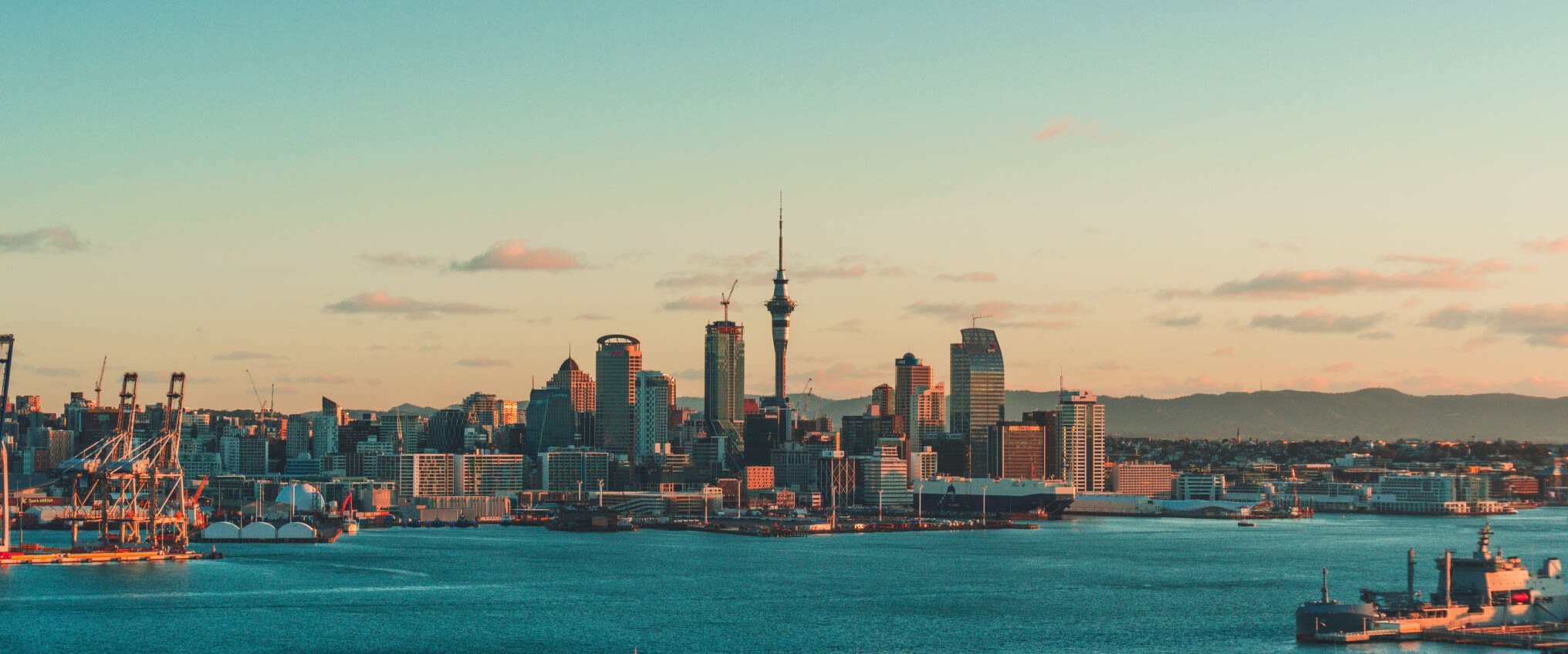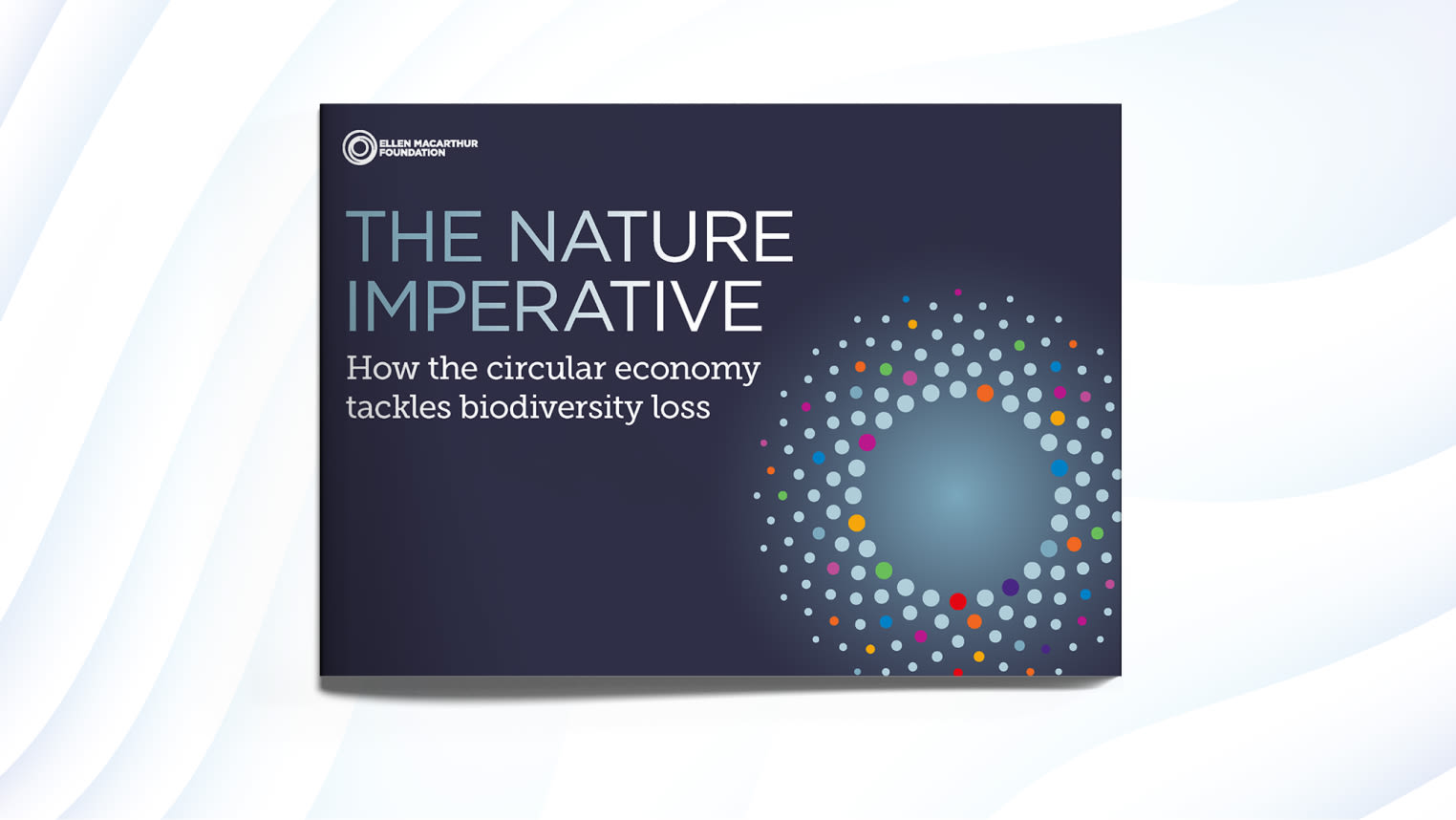Historically, Auckland’s growth has been linked to urban sprawl: converting rural and biodiversity-rich natural areas into low-density urban environments, which favoured a high-emissions, car-dependent transport system. Current projections show that by 2050 the region could need over 313,000 more dwellings to accommodate 2.4 million people, up from 1.66 million in 2018. Aware of the environmental, social and economic issues of past sprawl, the metropolitan region’s council released the Auckland Plan 2050 Development Strategy in 2018. Among other goals, the Plan aims to improve residents’ well-being and minimise environmental impact by ensuring that the region’s growth will take “a quality compact approach”. In order to achieve this, the plan favours high rise and high-quality infill developments in existing areas within Auckland's urban footprint, especially around transit corridors and within walkable urban centres.
The findings from the 2020 monitoring report show that since the Development Strategy was adopted, new dwelling consents are in fact delivering a more quality compact city: from the 14,776 dwellings that were consented in 2019/2020, 82% were in the existing urban area.
Biodiversity benefits
By promoting a compact urban approach, Auckland can protect surrounding rural, agricultural and natural areas from further development, leaving room for biodiversity. At the same time, a compact and connected city can reduce car dependency and favour alternative and active ways of transportation, hence, lowering per capita GHGs emissions and pollution.
This page is part of a deep dive into biodiversity and the built environment, where we delve deeper into leaving room for biodiversity by reducing pressures on natural resources.







